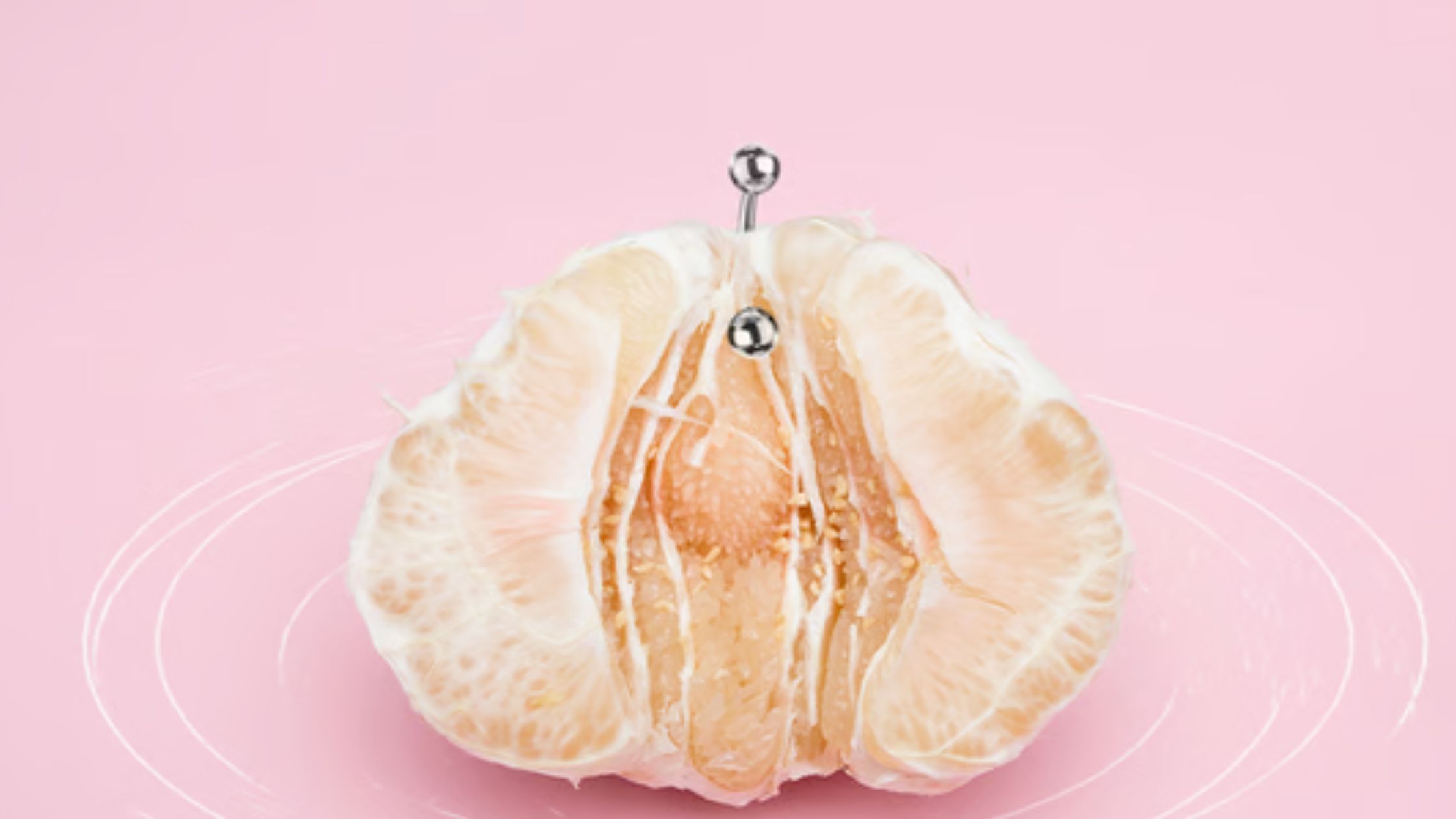One of the most distinctive and eye-catching body modifications, the Christina piercing has become more popular among those who are looking for a form of self-expression that is both private and unorthodox. This piercing is situated in the female genital area, more especially at the point where the outer labia meet on the pubic mound, which is sometimes referred to as the “mons Venus.” A decorative element is added to the intimate region by means of a vertical piercing to be more specific.
In spite of the fact that it can seem to be a contemporary fashion, genital piercings, including the Christina, have a long history in a variety of cultures all around the globe. In this post, we will discuss all you need to know about the Christina piercing, including its history and location, the many jewelry alternatives available, aftercare instructions, and the possible hazards that are associated with it.
Historical and Cultural Importance of the Event
Genital piercings have been practiced in a variety of ways for ages, and there is evidence that they were present in ancient civilizations such as the Egyptians and the Aztecs. On the other hand, the precise origin of the Christina piercing is not entirely clear. During the latter half of the 20th century, about the same time as body modification and piercing procedures were becoming more popular, it is thought that it began to acquire notoriety.
In some cultures, genital piercings were used as a rite of passage, a symbol of beauty, or even as a form of sexual enhancement. For example, in the Aztec culture, both men and women underwent genital piercings as a symbolic expression of their sexuality and fertility. While the specific cultural significance of the Christina piercing may not be as well-defined, it often serves as a form of self-expression, empowerment, and adornment in contemporary times.
Placement and Anatomy
The Christina piercing is placed vertically where the outer labia meet, creating a distinctive and intimate look. It is important to note that this piercing is highly dependent on an individual’s anatomy. A well-pronounced “fold” of skin is necessary for a successful piercing. For those with a smaller labia or a less prominent pubic mound, the Christina piercing may not be a viable option.
Jewellery Options
The jewellery typically used for a Christina piercing is a custom-made curved barbell or a surface bar. These specialized pieces of jewellery are designed to accommodate the unique shape of the area and minimize discomfort during the healing process. It is crucial to choose high-quality, hypoallergenic jewellery to reduce the risk of irritation or infection.
The curved barbell is carefully bent to fit the natural contours of the pubic area, ensuring comfort and security. Surface bars, on the other hand, are straight bars with a flat base that sits flush against the skin, designed specifically for surface piercings. These jewellery options are available in various materials, including surgical-grade stainless steel, titanium, and gold.
Procedure and Aftercare
In most cases, the procedure of getting a Christina piercing takes very little time and is not too complicated. When creating the piercing channel, a trained piercer will first use a specialized needle to construct the channel, and then they will meticulously mark the precise site. Following the insertion of the first jewelry, the appropriate aftercare instructions are explained to the patient.
The process of healing includes aftercare, which is an essential component. In most cases, it entails cleaning regimens that are mild and avoiding undue movement or friction in the region. There is a widespread recommendation to use sea salt soaks and gentle soaps that do not include any fragrances in order to maintain the piercing site clean and to aid healing. It is also very important to avoid wearing clothes that is too tight or materials that might potentially irritate the piercing.
Healing and the Possibilities of Danger
The recovery period for a Christina piercing might vary, commonly lasting anywhere from two to four months or even more. On the other hand, it is essential to keep in mind that the healing process is different for each individual, and certain difficulties may occur. A number of factors, including the relatively lengthy piercing canal, as well as the continual movement and friction in the region, contribute to the prolonged healing period.
There is a possibility that the Christina piercing may be rejected, which is one of the most significant hazards linked with it. Even if the body has the appropriate anatomy, it is still possible for the body to reject the jewelry, which may result in the piercing moving or closing up completely or partly. This is a frequent danger associated with surface piercings, and it may be affected by a variety of variables, including the jewelry that is chosen, where it is placed, and appropriate aftercare procedures.
As is the case with any body piercing, infection is another possible concern that may arise. It is possible to enhance the likelihood of infection by not properly caring for the vaginal region, which gives bacteria with an environment that is conducive to their growth. Pain, redness, swelling, and discharge are some of the symptoms that are brought on by an infection. It is possible for infections to result in more serious problems if they are not addressed.
Scarring, allergic responses to jewelry, and uncomfortable pain over an extended period of time are other potential dangers. It is of the utmost importance to give careful consideration to the possible dangers and to choose a piercer who is both respectable and skilled. This individual will be able to assist you through the procedure and offer you with tailored instructions for aftercare.
Expression of one’s individuality and aesthetics
With the Christina piercing, you may express yourself in a way that is both one-of-a-kind and personal. When applied to the vaginal area, it imparts a delicate but stunning quality, which often serves to enhance the inherent attractiveness of the female form. It is possible to personalize the jewelry to meet the tastes of each individual, with a wide range of alternatives available for the materials and ornamental components.
A great number of people choose to have a Christina piercing because it is a statement of empowerment, a celebration of their body, or just an aesthetic preference. The change is one that is personal and private, and it has the potential to increase one’s confidence and self-esteem.
Remarks to Conclude
The Christina piercing is an option that is both unique and different for those who are looking for a kind of body art that is more personal. It is essential to approach this piercing with great thinking and study, despite the fact that it provides a stunning and one-of-a-kind look. It is vital to have a thorough understanding of the possible hazards, the needs for aftercare, and the anatomical appropriateness. Individuals are able to take pleasure in their Christina piercing as a stunning and powerful kind of self-expression if they engage with a piercer who has a good reputation and make correct aftercare a top priority.












